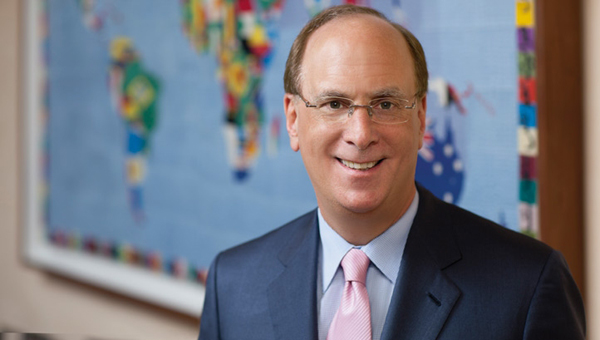Instos out of BlackRock bond index funds and into its active strategies
by David Chaplin
BlackRock institutional investors piled out of index fixed income strategies during the June quarter in favour of an active approach to the asset class. According to the BlackRock June quarter results, institutional investors withdrew a net US$10.7 billion (A$15.3 billion) from index fixed income funds while adding almost US$5 billion (A$7.15 billion) to active bond strategies.
Across all asset classes, institutions heavily weighted to active BlackRock funds during the June quarter with net inflows of US$2.5 billion. At the same time, BlackRock institutional index strategies reported net outflows of about US$7.5 billion as positive flows into passive equity funds of US$3 billion somewhat countered the fixed income exodus. Alternative assets saw net positive institutional flows in both active and index formats of about US$1.2 billion and US$295 million, respectively. However, institutions shied away from multi-asset BlackRock funds in the quarter, withdrawing a net US$3.3 billion and US$124 million from active and index versions, respectively.
But while institutional assets of about US$3.8 trillion still represents more than half of BlackRock’s US$7.3 trillion of funds under management (FUM), the sector has seen negative flows across the last two quarters. Instead, the world’s largest fund manager was buoyed during 2020 by strong flows into its retail and iShares exchange-traded funds (ETFs). The BlackRock report shows retail funds reversed a US$2 billion outflow in the March quarter with US$16 billion in net inflows over the three months to June 30.
Meanwhile, the iShares range – that incorporates both institutional and retail investors – racked up net flows of US$51 billion in the June quarter, almost four-times the March quarterly result. The BlackRock data shows some marked behavioural differences between institutional and ETF investors with the latter group almost exclusively leaning to fixed income assets during the latest quarter.
As the largely index-style iShares fixed income products added some US$57 billion in net flows in the June quarter, equity funds reported net outflows of almost US$14.3 billion. Alternative ETFs also saw net flows of US$7.8 billion in the three months to June 30. The iShares suite was also the largest contributor to BlackRock fund growth in the 12 months to the end of June with over US$181 billion in net flows compared to US$29 billion for retail: institutional investors redeemed a net US$27.6 billion over the same period.
BlackRock reported total net flows of US$100 billion in the June quarter – almost triple the previous three-month stretch – and ‘base fees’ of just under US$3 billion. Institutional investors account for 35 per cent of BlackRock’s fee revenue and 60 per cent of FUM compared to respective figures of 28 per cent and 10 per cent for retail investors.
But iShares now provides the largest chunk of fee revenue to BlackRock (37 per cent) on 30 per cent of its total FUM.
In a statement, Larry Fink, BlackRock’s chairman and chief executive, said: “.. iShares fixed income ETFs and BlackRock’s active equity strategies both saw record inflows, and leadership in cash solutions drove strength in flows as clients sought liquidity. Momentum also continued in sustainable strategies and illiquid alternatives, where we are investing for future growth.”
Outside of fund-based income, BlackRock also reported US$280 million in ‘technology services’ income in the June quarter – up US$41 million year-on-year “primarily reflecting higher revenue from [risk management information platform] Aladdin”. The manager booked net income of about US$2 billion in the six months to June 30 while reducing its tax impost to just under 15 per cent for the period (compared to over 23 per cent for the first half of 2019).
BlackRock says the year-on-year change reflected charges recorded in the first quarter that “included a discrete tax benefit of US$241 million recognized in connection with the Charitable Contribution and US$64 million worth of other discrete tax benefits, including benefits related to stock-based compensation awards that vested in the first quarter of 2020”.
Fink said the company’s “strong fiduciary culture” had seen BlackRock retain clients during the COVID-19 crisis as well as receiving government contracts to help implement extraordinary monetary policy operations. “Our steadfast focus is on serving all of our stakeholders through this crisis,” he said. “I am honored by the trust that clients, governments and communities have placed in us, which we approach with a deep sense of responsibility.”
– Investment News NZ










